15 Native American Herbs and Spices to Elevate Your Garden and Kitchen
Native American cultures have long used a variety of herbs and spices for their culinary value, medicinal properties, and spiritual properties. These plants, many of which are native to North America, offer a connection to the land and a deeper understanding of the natural world.
Incorporating these herbs and spices into your garden and kitchen can enrich your meals and bring a touch of tradition to your cooking. Whether you’re looking to add flavor to your dishes or grow plants that have been cherished for generations, these 15 Native American herbs and spices are a great place to start.
Sage (Salvia officinalis)
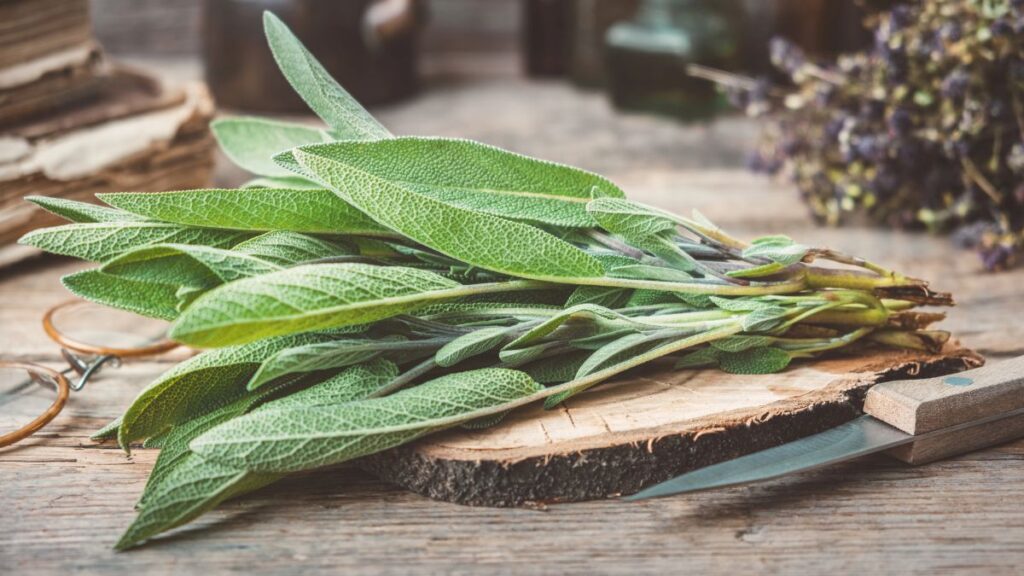
Sage is a sacred herb in many Native American traditions, often used in smudging ceremonies to cleanse spaces and people. In the kitchen, sage is a versatile herb that adds a robust, earthy flavor to a variety of dishes, especially meats and stews.
Its silvery-green leaves are easy to grow in most gardens, and it thrives in well-drained soil with plenty of sunlight. Sage is also known for its medicinal properties, including its ability to soothe sore throats and aid digestion. Whether dried or fresh, this herb brings a distinct taste and a touch of history to your meals.
Mint (Mentha spp.)
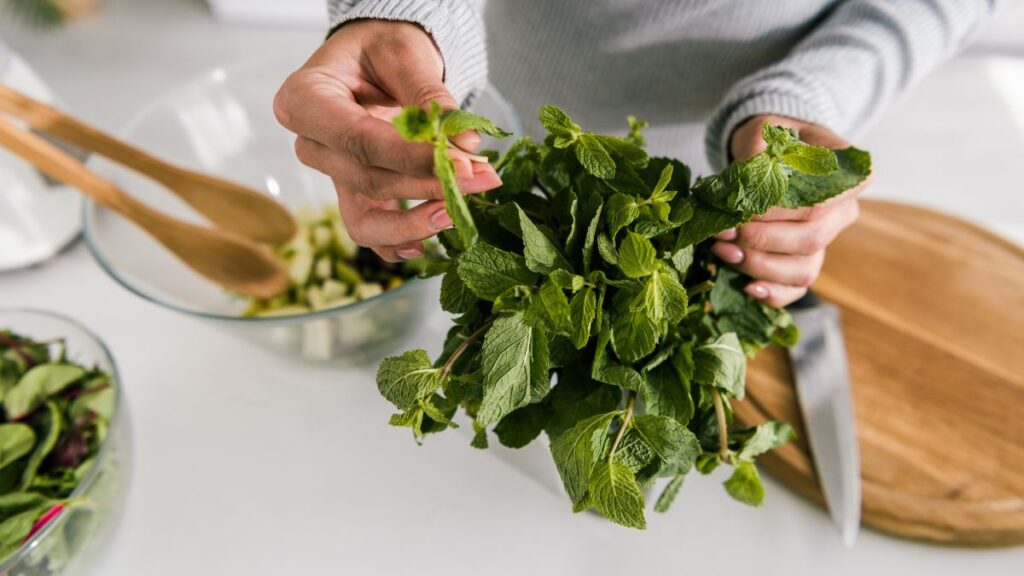
Mint is another herb widely used by Native American tribes, particularly for its refreshing flavor and medicinal benefits. It’s easy to grow and can quickly spread throughout your garden, so it’s best planted in containers or a designated area. Mint leaves are commonly used to make teas that help with digestion, headaches, and cold symptoms.
In cooking, mint adds a bright, cooling flavor to salads, beverages, and desserts. With its aromatic leaves and numerous varieties, mint is a must-have herb that brings both flavor and wellness to your kitchen.
Wild Garlic (Allium vineale)
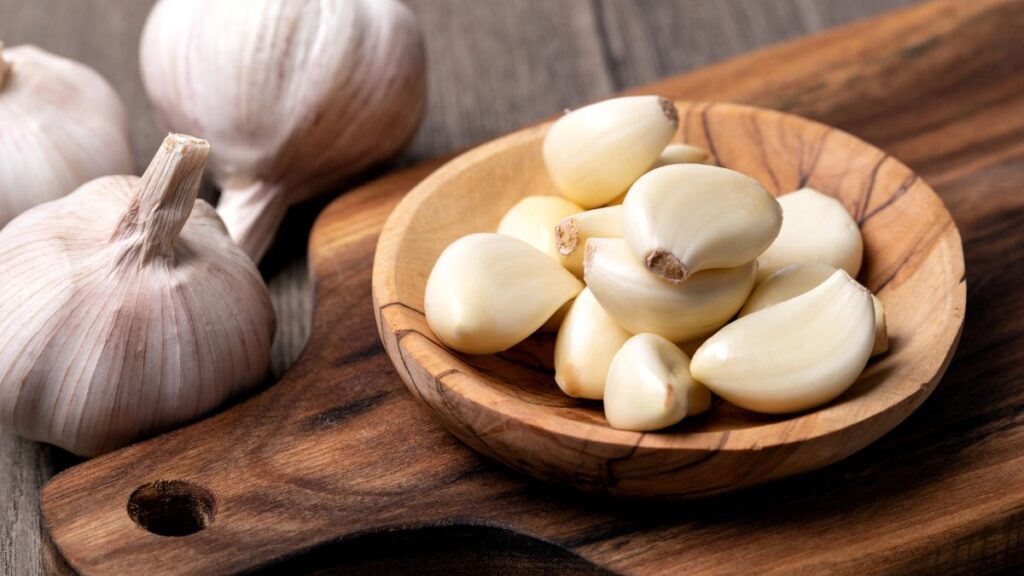
Wild garlic, also known as field garlic, is a native plant that Native Americans have used for its pungent, garlicky flavor. It’s often found growing wild in fields and forests, but it can also be cultivated in a garden.
The bulbs, leaves, and flowers of wild garlic are all edible, making it a versatile addition to your cooking. It can be used like regular garlic, adding a strong, savory kick to soups, stews, and sauces. Wild garlic has been traditionally used to treat colds and other ailments, thanks to its natural antibiotic properties.
Juniper Berries (Juniperus communis)

Juniper berries are the small, blue-black fruits of the juniper tree, and Native American tribes have used them for both culinary and medicinal purposes. These berries have a strong, pine-like flavor that can enhance the taste of game meats, sauces, and marinades.
Juniper berries are also known for their health benefits, including their ability to support digestive health and relieve symptoms of arthritis. While the plant is more of a shrub than a typical garden herb, the berries can be harvested and used in various dishes, adding a unique flavor to your cooking.
Bee Balm (Monarda didyma)
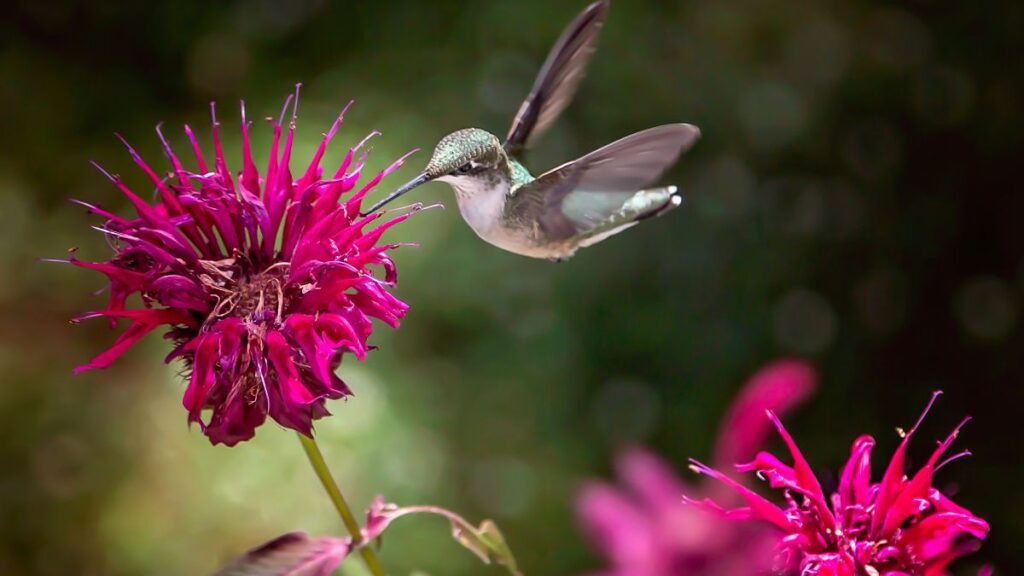
Bee Balm, also known as Oswego tea, is a fragrant herb with vibrant red, pink, or purple flowers that attract pollinators to your garden. Native Americans used bee balm as a medicinal herb for treating colds and respiratory issues.
The leaves and flowers can be used to make a pleasant, slightly spicy tea similar to Earl Grey. In the kitchen, bee balm can also be used to flavor salads, desserts, and beverages. Its bright blooms and aromatic leaves make it a beautiful and functional addition to any herb garden.
Yarrow (Achillea millefolium)
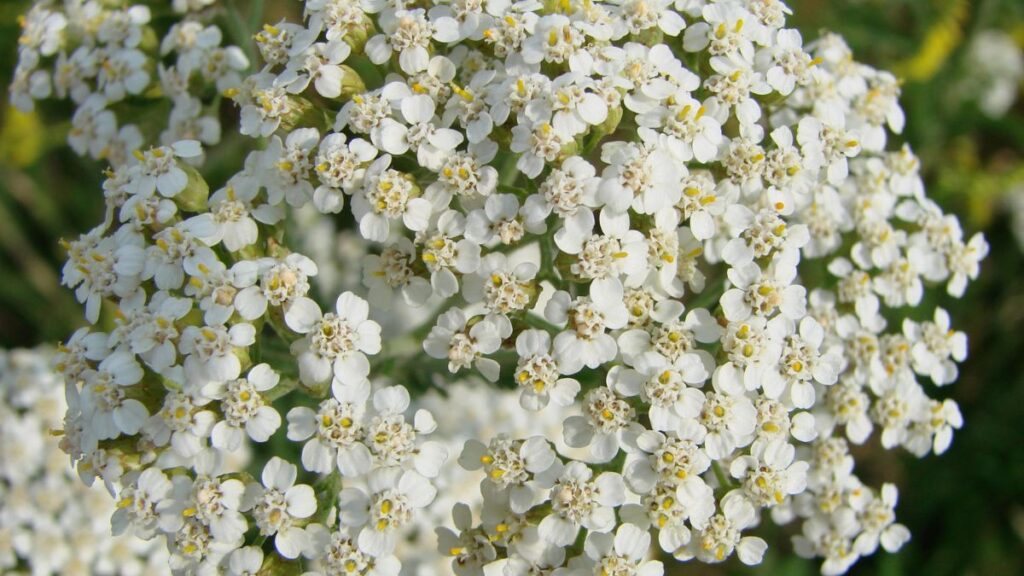
Yarrow is a hardy, perennial herb that Native American tribes have valued for its medicinal properties. The leaves and flowers of yarrow have been used to treat wounds, reduce inflammation, and alleviate fever. In the garden, yarrow is easy to grow and attracts beneficial insects, making it a great companion plant for your vegetables.
While not commonly used in cooking, yarrow can be made into a tea with a slightly bitter, herbal flavor. Its versatility in both the garden and as a healing herb makes yarrow a valuable plant to have on hand.
Sweetgrass (Hierochloe odorata)
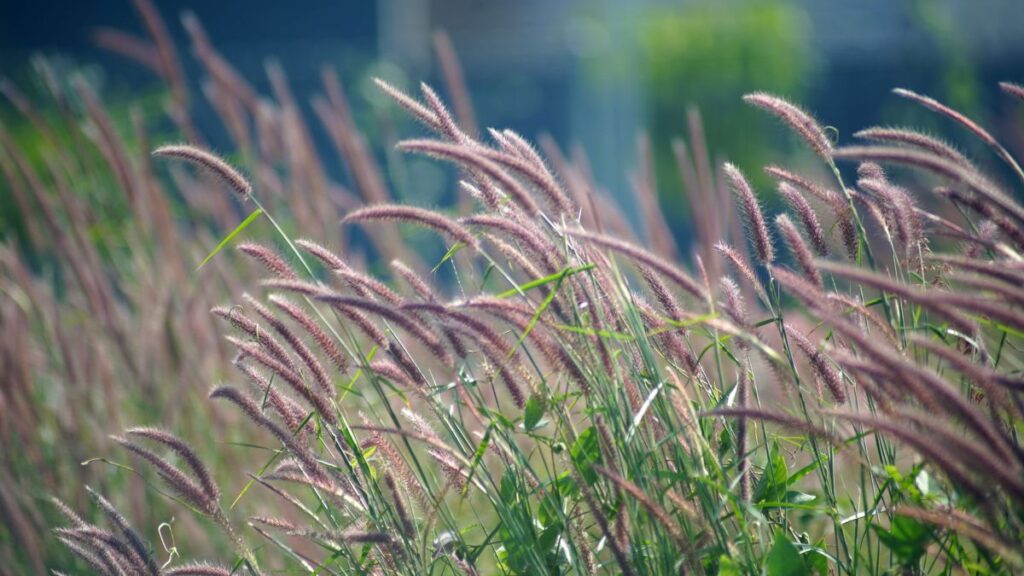
Sweetgrass is a sacred plant in many Native American cultures, often used in ceremonies for its sweet, vanilla-like fragrance. While not typically used as a culinary herb, sweetgrass is valued for its spiritual significance and its role in traditional medicine.
It can be grown in moist, well-drained soil, and its long, slender leaves are often braided and dried for use in smudging rituals. Sweetgrass can also be used to make a mild, aromatic tea. Adding sweetgrass to your garden can create a connection to Native American traditions and bring a soothing scent to your outdoor space.
Echinacea (Echinacea purpurea)
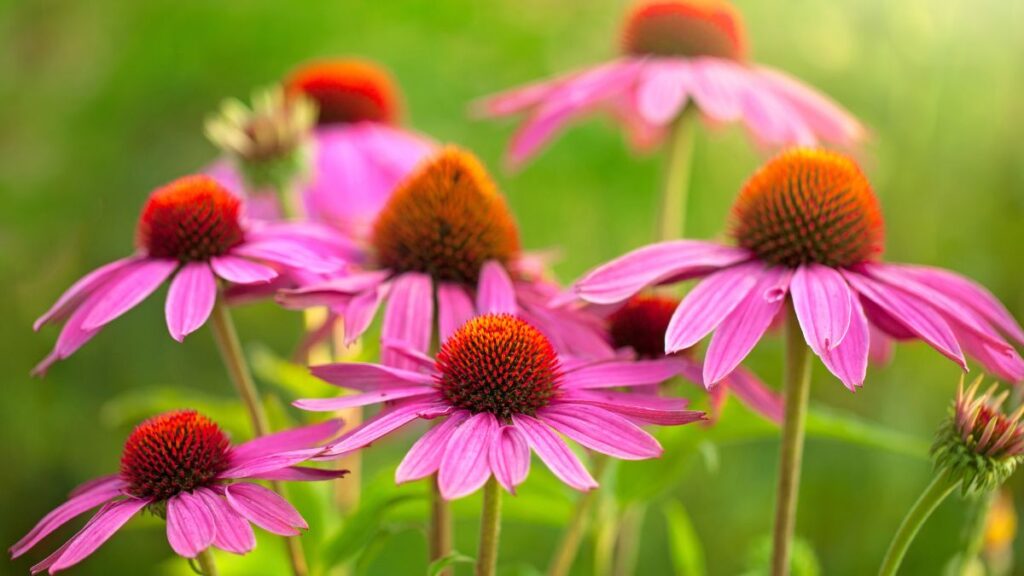
Echinacea, also known as coneflower, is a striking perennial plant with purple-pink flowers that are commonly used in herbal medicine. Native Americans have long used echinacea to boost the immune system and fight off infections. In the garden, echinacea is easy to grow and attracts pollinators like bees and butterflies.
While the flowers are the most visually appealing part of the plant, the roots and leaves can be used to make teas or tinctures that help support overall health. Echinacea is a powerful herb that combines beauty with medicinal benefits, making it a wonderful addition to any herb garden.
Wild Bergamot (Monarda fistulosa)

Wild Bergamot, also known as horsemint or prairie bergamot, is a native herb with a long history of use by Native American tribes. Its lavender-colored flowers and aromatic leaves are both attractive and useful. The leaves can be used to make a tea that has a flavor similar to that of
Earl Grey, thanks to the presence of the compound that gives bergamot orange its distinct taste. In traditional medicine, wild bergamot was used to treat colds, flu, and digestive issues. Growing wild bergamot in your garden provides a source of natural remedies and adds beauty and fragrance to your space.
Sumac (Rhus spp.)
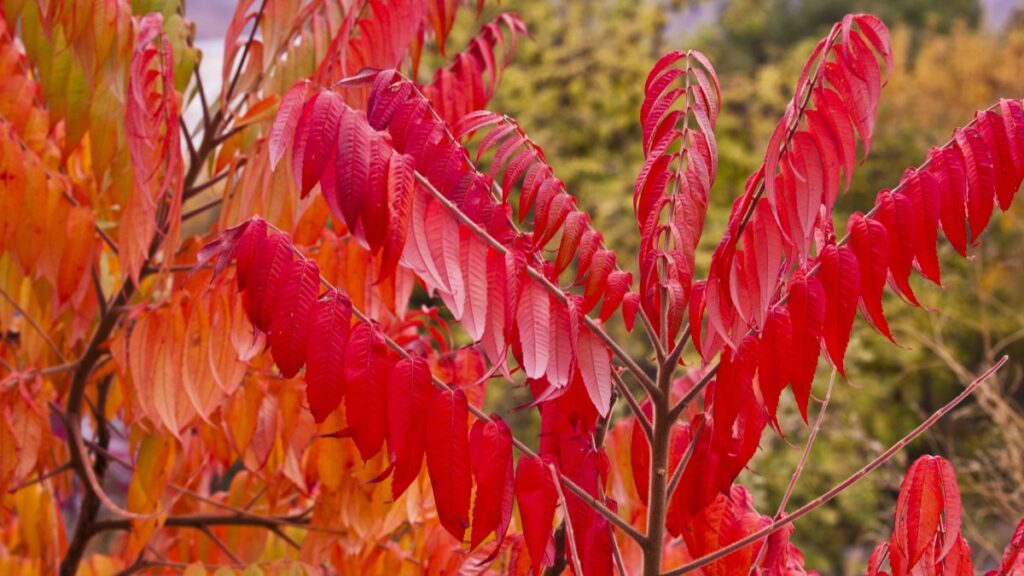
Sumac is a shrub that produces clusters of red berries, which Native Americans have used as a spice and natural remedy. The berries have a tangy, lemony flavor that can be used to season meats, salads, and other dishes.
Sumac is also rich in antioxidants and has been traditionally used to treat digestive issues and reduce inflammation. In the garden, sumac is a hardy plant that can thrive in various conditions, making it a great choice for adding both flavor and visual interest to your outdoor space.
Cedar (Thuja spp.)

Cedar is a sacred tree in many Native American cultures, often used in ceremonies and as a medicinal herb. The leaves and bark of cedar have been used to treat colds, coughs, and other respiratory issues.
While cedar is not typically used in cooking, its aromatic leaves can be used to make a soothing tea. Cedar trees are also valued for their durable wood, which has been used for everything from building to crafting. Growing a cedar tree in your garden can provide a connection to Native American traditions and a source of natural remedies.
Wild Rose (Rosa spp.)
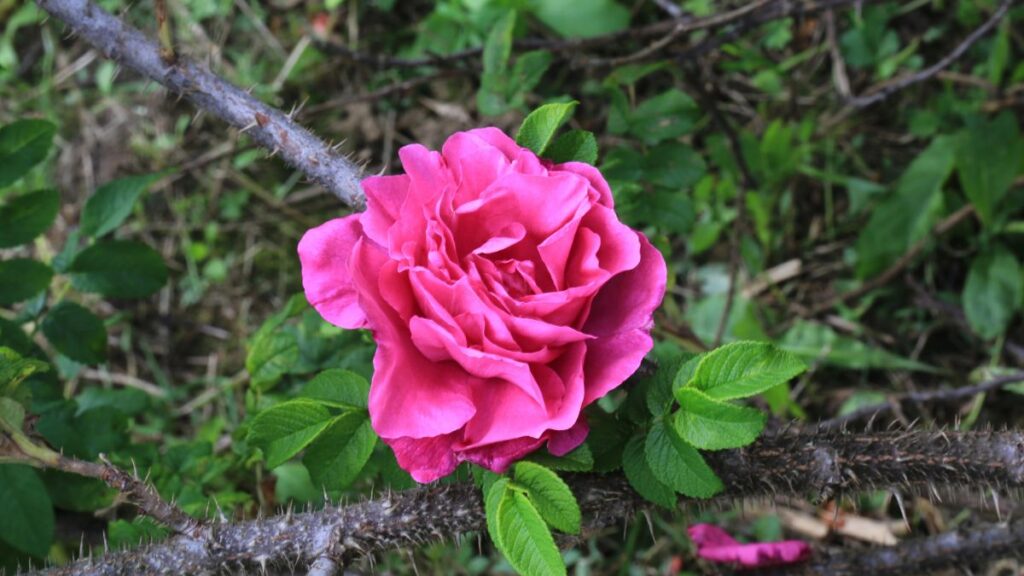
Wild Rose is a native plant that Native Americans have used for its beauty and medicinal properties. The petals and hips of wild roses can be used to make teas, jams, and other treats that are rich in vitamin C and antioxidants. In traditional medicine, wild rose was used to treat a variety of ailments, including colds, sore throats, and digestive issues.
Wild roses are easy to grow in the garden and provide a beautiful display of flowers each year. Their edible and medicinal qualities make wild roses valuable to any garden.
Bayberry (Myrica pensylvanica)
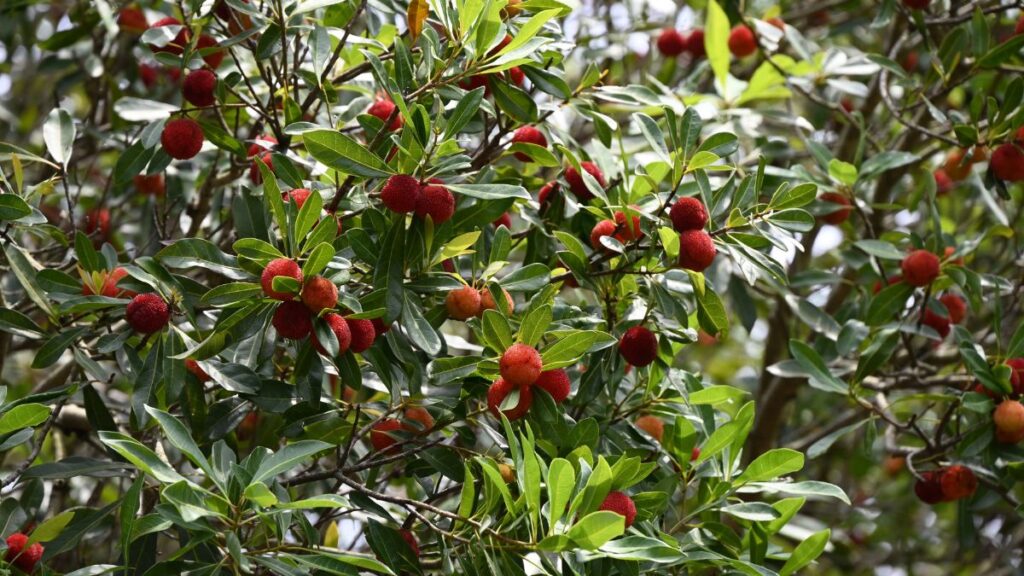
Bayberry is a shrub that produces small, waxy berries and aromatic leaves that Native Americans have used for medicinal purposes. The leaves can be used to make a tea that helps with digestive issues and colds, while the berries are often used to make candles and soaps.
Bayberry shrubs are hardy and can thrive in a variety of soil types, making them a great addition to your garden. In addition to its practical uses, bayberry also provides visual interest with its dense foliage and clusters of berries.
Nettles (Urtica dioica)
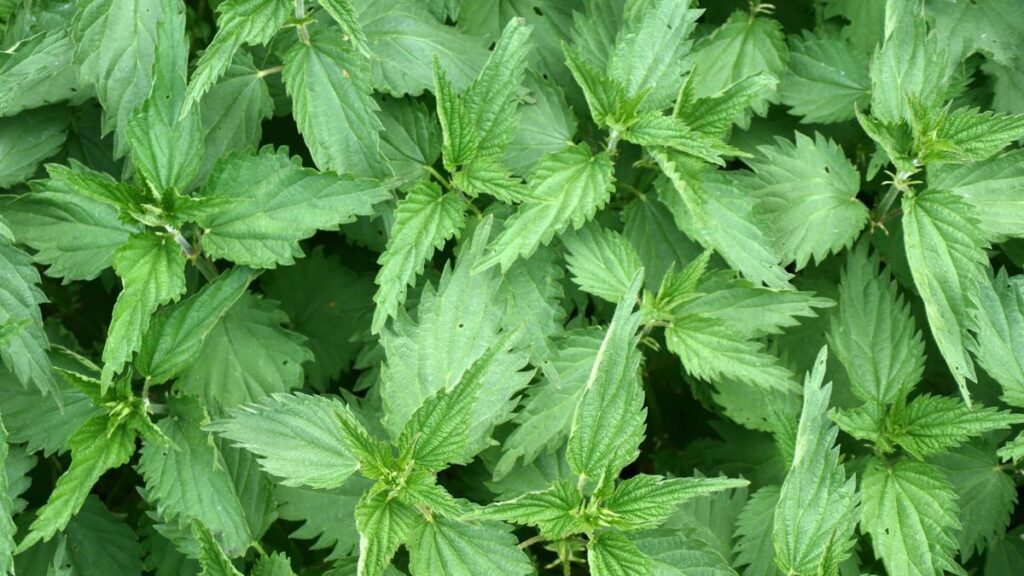
Nettles are a native plant used by Native Americans for their nutritional and medicinal benefits. Despite their sting, nettles are rich in vitamins and minerals and can be used in teas, soups, and other dishes. In traditional medicine, nettles were used to treat arthritis, allergies, and other conditions.
Nettles can improve soil quality and attract beneficial insects when grown in the garden. Harvesting nettles requires some care, but the rewards of this nutrient-rich plant are well worth the effort.
Wild Ginger (Asarum canadense)
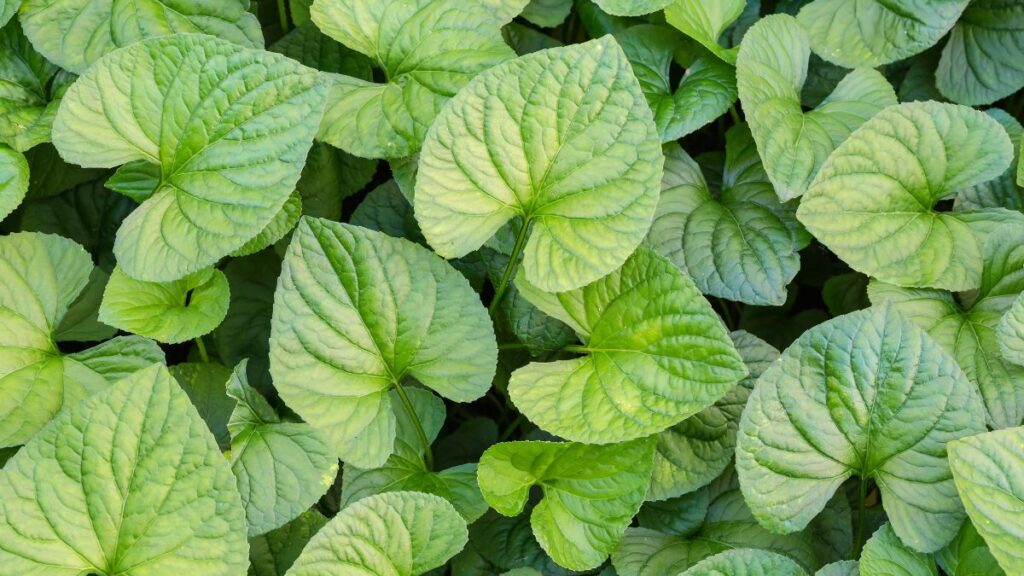
Wild Ginger is a native plant with heart-shaped leaves and a rich, earthy aroma. Native Americans used wild ginger as a spice and medicinal herb to treat digestive issues. The rhizomes of wild ginger can be used fresh or dried to add a spicy, zesty flavor to a variety of dishes.
Wild ginger is a low-growing plant in the garden that thrives in shady, moist areas, making it a great ground cover. Its culinary and medicinal uses and attractive foliage make wild ginger a versatile and valuable plant for any garden. Incorporating wild ginger into your garden not only adds a touch of native beauty but also provides a flavorful and medicinal herb that can be used in a variety of ways.
15 Practical Ways to Save Money During Retirement

Entering retirement doesn’t have to mean giving up a comfortable lifestyle. With strategic planning and simple adjustments, it’s possible to make the most of your retirement income and enjoy a financially secure life.
15 Practical Ways to Save Money During Retirement
15 Foods Only The Wealthy and Elite Can Eat Now

Culinary trends are constantly evolving, and some foods have become more than just sustenance—they’ve become status symbols reserved for the elite.







